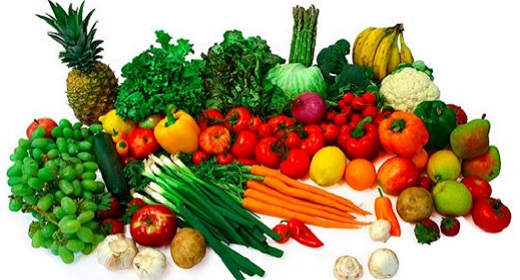by Ocean Robbins: Acrylamide sure doesn’t sound like something edible.
We are proud to announce a new partnership with John and Ocean Robbins and the Food Revolution to bring our readers Summits, Seminars and Masterclasses on health, nutrition and Earth-Conscious living.
Sign Up Today For the Food Revolution Summit Docuseries
But nevertheless, the compound is in many of the most popular foods, including baked goods, fried and roasted potatoes, and even coffee. Some evidence suggests that acrylamide can trigger cancer growth — at least in rodents. But is there a cancer risk to humans? And should we try to completely eliminate acrylamide from our diets, or are there ways to cut back on exposure that reduce any potential health effects?
Few foods generate as much controversy as the humble potato. Since its domestication around eight millennia ago in the Andean highlands of what is now Peru, this calorie-rich tuber has played a part in some of the most significant currents of human history. Its introduction to Europe in the 16th century helped save millions from recurrent famines that had plagued the northern part of that continent. It’s also said to have fueled European expansion, domination, and colonization around the globe.
These days, potato skirmishes mostly revolve around nutritional issues. Keto enthusiasts warn against its high carbohydrate content, while starch-loving vegans celebrate that same quality.
But one of the latest potato kerfuffles (no, that’s not a potato chip brand) relates to what happens when you cook potatoes at high temperatures, typically in oil, and form the brown, crispy, crunchy texture that has made foods like chips and french fries some of the world’s most craved foods. While unquestionably adding to the potato’s mouth appeal, the chemical reaction behind this phenomenon produces a compound that may be carcinogenic: acrylamide.
But potatoes aren’t the only food where this chemical reaction may occur. Acrylamide forms in many other foods, including coffee, toast, and even prunes (is nothing sacred?). Perhaps unsurprisingly, our principal dietary source of acrylamide is fast and processed foods, particularly those made from potatoes.
That’s unfortunate, given that for some people, potatoes are one of the only vegetables that routinely passes through their lips.
But can we still have our tubers, or is the amount of acrylamide in them a serious source of danger? And what about other acrylamide-containing foods? Should we avoid coffee, prunes, and toast, or is the threat from this scary-sounding compound overblown?
In this article, we’ll explore the truth about acrylamide: if it really does cause cancer in humans, what foods contain it, and whether it’s something you actually need to worry about.
What Is Acrylamide?
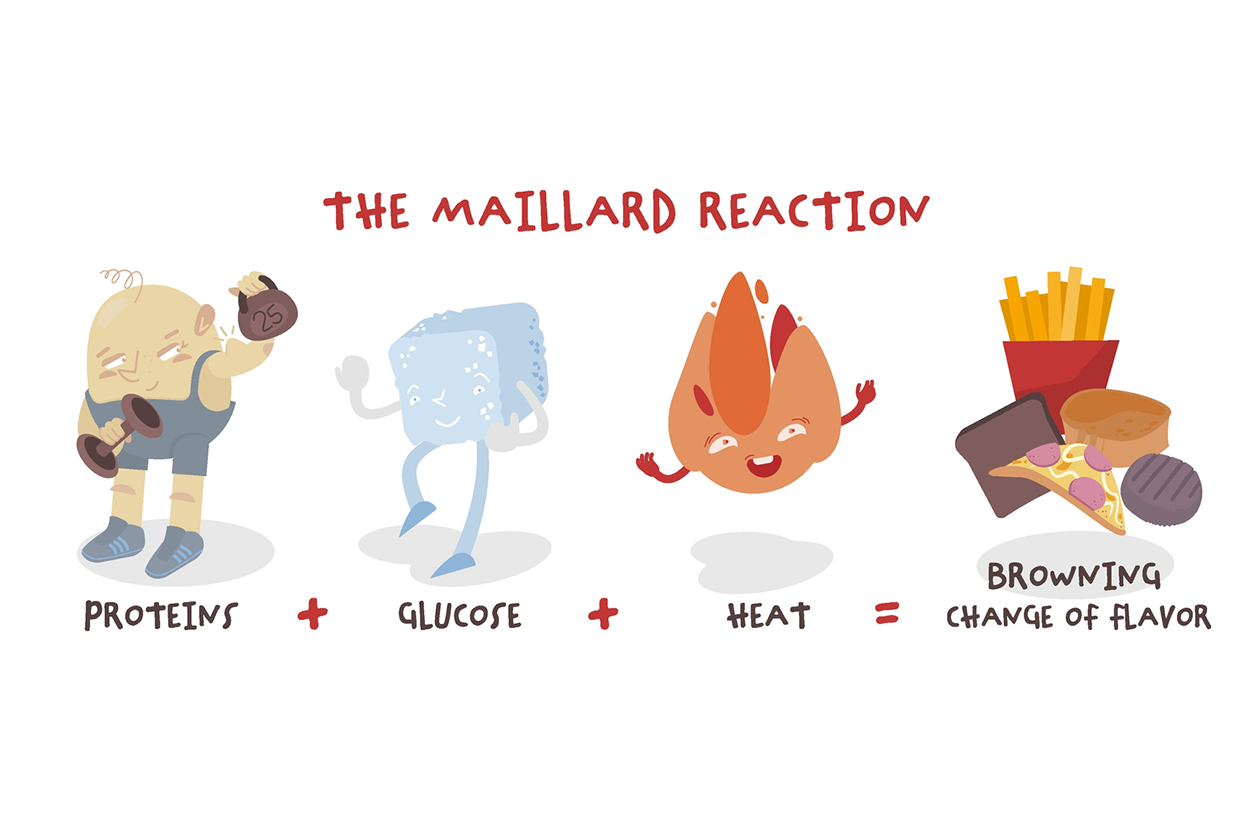
Acrylamide is a chemical compound that forms at very high temperatures, usually as a result of a manufacturing process. Most of the acrylamide in our environment originates in manufacturing and water treatment, but it’s also present in cigarette smoke and some foods.
Your personal exposure to acrylamide is probably limited to secondhand smoke and the food you eat — unless you encounter it as an occupational hazard.
In food, acrylamide forms via a process called the Maillard reaction, where sugars react with proteins under high heat. This creates a browning effect that most people find appealing in flavor, smell, color, and texture. Acrylamide is just one of many compounds formed from the Maillard reaction, but it’s the one implicated in potentially damaging your health.
[Congratulatory note to self: Way to go, overcoming your temptation to make a duck joke in relation to the Maillard reaction. This is a serious subject, and not a cheap opportunity to quack anybody up.]
What Foods Are High in Acrylamide?
As we’ve seen, any food cooked at high heat containing carbohydrates and protein can form acrylamide. How high is high heat? Cooking at 170°C (338°F) or higher qualifies. And the higher the temperature, the more acrylamide forms; so there’s a pecking order of potential concern. Frying heats up food the most intensely, followed by air-frying, roasting, and lastly, baking. (Steaming and boiling don’t make it onto the list at all.)
The major dietary sources of acrylamide include fast and processed foods, thanks to the high heat used in processing and frying them.
Here’s a short list of the foods highest in acrylamide, with the amounts given in micrograms per kilogram (for reference, that’s the same as parts per billion, since a kilogram is one billion times heavier than a microgram):
- Potato chips (211–3515 μg/kg)
- French fries (779–1299 μg/kg)
- Coffee beans (135–1139 μg/kg) or brewed coffee (5.30–79.5 μg/kg)
- Prunes (58–332 μg/kg) and prune juice (186–916 μg/kg)
- Breakfast cereals (<20–639 μg/kg)
- Toast (31–454 μg/kg)
- Crackers (205 µg/kg)
- Cookies (115 µg/kg)
Perhaps most puzzling is the high acrylamide concentration in prunes. But apparently, the Maillard reaction isn’t the only pathway to acrylamide formation. In the case of prunes, the presence of sugars and the relatively high concentration of the amino acid asparagine is also an acrylamide recipe.
Asparagine appears to be a key contributor to acrylamide formation when it appears in a high-carbohydrate food, as it’s found in significant amounts in potatoes, as well as in whole grains (used to make toast and crackers) and some other foods that are high in acrylamide.
Does Acrylamide Cause Cancer?
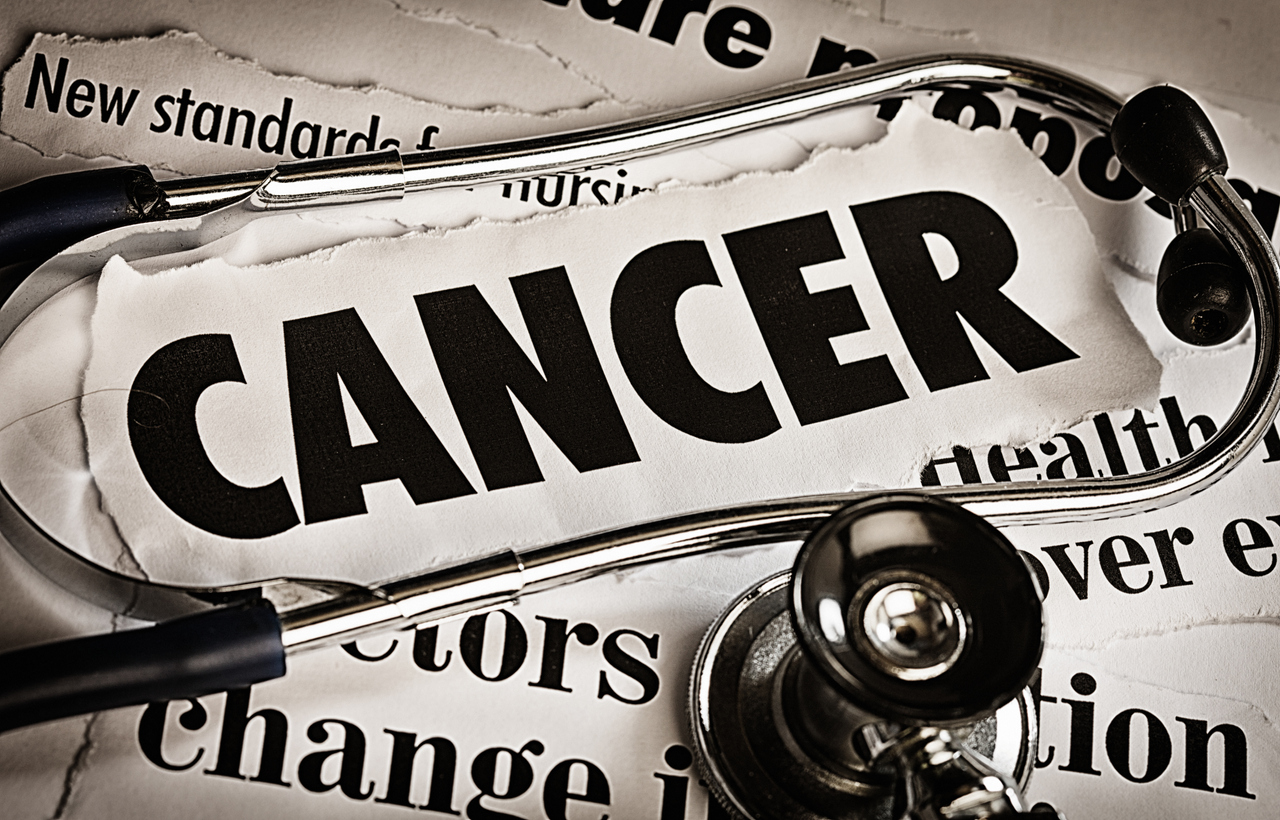
We can measure acrylamide in parts per billion in any number of foods, but that begs the question: Who cares? Is acrylamide in food something to be concerned about?
In truth, the answer is a bit confusing. Acrylamide is a “probable carcinogen” according to several authoritative sources, including the US Environmental Protection Agency, the US Department of Health and Human Services, the National Institutes of Health, and the International Agency for Research on Cancer (IARC).
Sounds like a slam dunk, case closed, right? Acrylamide is bad for you; stay away.
Well yes, kind of. But these evaluations of carcinogenicity refer to the acrylamide from manufacturing, not the kind that occurs due to the Maillard reaction and other chemical reactions in food. And it’s unclear how transferable those evaluations are to food-based acrylamide.
Animal Studies on Acrylamide Carcinogenicity
You might be thinking that it would be illegal for researchers to expose humans to metered doses of industrial acrylamide to see if it causes cancer, and you’d be right. What’s not illegal is to do exactly those kinds of studies on rodents. (Legality and ethics are two different things; our view on the use of animals in medical research.
Rat trials have shown that acrylamide exposure does increase their risk for several types of cancer. But that finding comes with two disclaimers.
First, the doses of acrylamide used in these studies are typically 1,000–100,000 times higher than the usual amounts, on a weight basis, that humans get through dietary sources. The notion that something harmful at high doses is also harmful at lower ones (what scientists call “high-dose to low-dose interpolation”) basically just amounts to a guess. As Food Revolution Summit speaker T. Colin Campbell, PhD, asks rhetorically in his book Whole, “What if the high dose is like getting hit by a car, while the low dose is like getting hit by a Matchbox car?”
Second, nobody knows how animal cancer findings will translate into humans. A 2005 article in the prestigious scientific journal Nature makes the case that it’s foolish to extrapolate carcinogenicity from rodents to humans, for a number of reasons. Lots of things appear to cause cancer in rats and mice but don’t do the same in the human body, and vice versa. In fact, about half of the chemicals known to cause cancer in rats don’t even do so in mice — and they’re a lot more similar to each other than they are to us.
Human Studies on Dietary Acrylamide and Cancer
To be fair, there’s some evidence to suggest that acrylamide might be problematic for humans; our bodies convert it to a compound called glycidamide, which is known to cause mutations and even DNA damage. But studies have discerned differences in how rats and humans metabolize acrylamide into glycidamide, with humans experiencing a two- to four-fold decreased exposure to the latter.
To the rescue — theoretically — come two powerful types of studies: case-control and cohort. These both look at groups of people with different exposure levels to dietary acrylamide and see if there’s a significant difference in their cancer rates. Case-control studies pair two people who are pretty similar except for the amount of acrylamide they get from their food. And cohort studies look at groups of people with different eating patterns, searching for different disease rates between those groups.
To date, neither type of human study has turned up consistent evidence linking dietary acrylamide with cancer. Several studies report no significant association between acrylamide intake and pancreatic, prostate, breast, ovarian, or endometrial cancer. Other studies have found possible links with malignant melanoma, multiple myeloma, follicular lymphoma, esophageal cancer, and breast cancer.
A 2018 study of almost 50,000 Japanese women similarly could find no link between dietary acrylamide and endometrial or ovarian cancer. Meanwhile, a similar 2020 study that followed over 85,000 Japanese men for around 15 years found no association between acrylamide and lung cancer. And researchers in 2022 conducted a meta-analysis that showed no association for a host of non-gynecological cancers in a variety of studies.
Acrylamide and Coffee
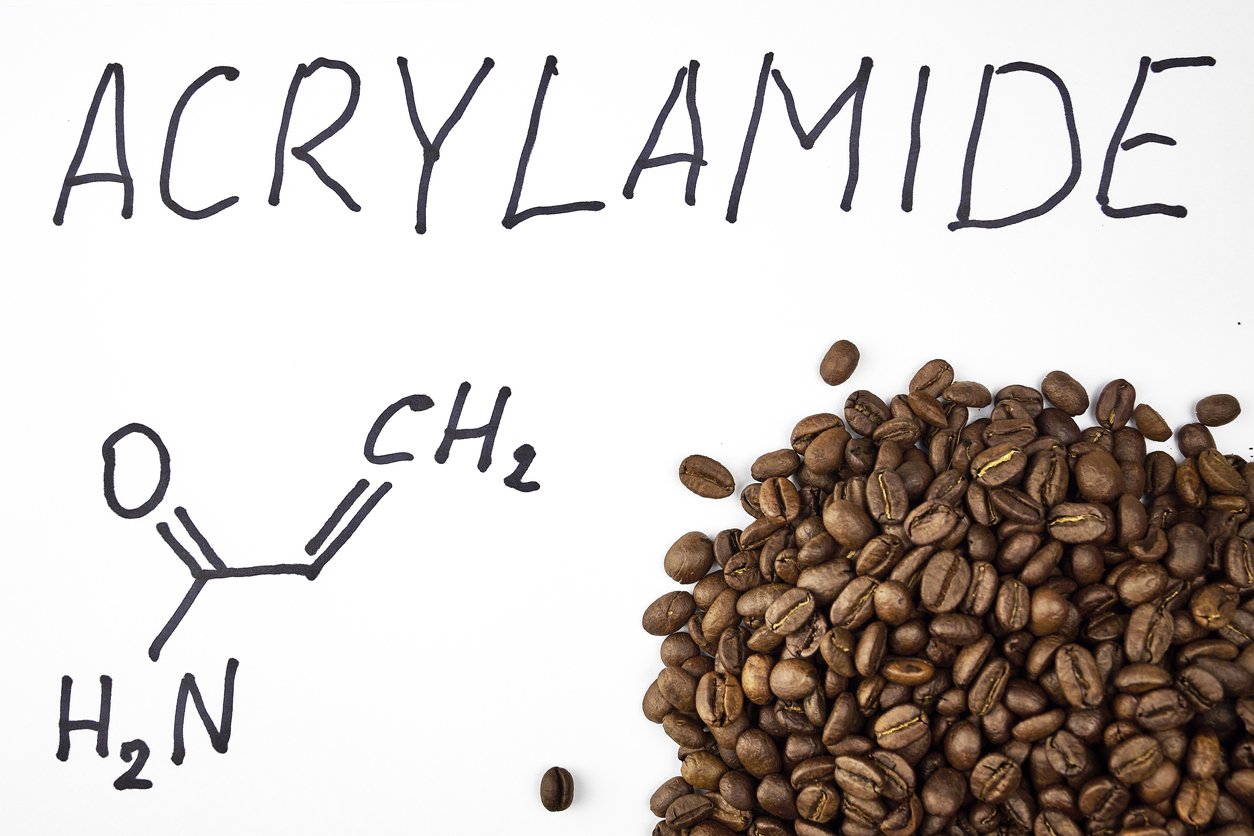
In 2018, a California judge ruled that coffee companies must include a cancer warning label on their products, due to the acrylamide that forms during the coffee roasting process. This decision was based on a California law called Proposition 65 which requires businesses to provide a “clear and reasonable” warning before exposing consumers to chemicals known to cause cancer, birth defects, or other reproductive harm. Acrylamide is on this list of Prop 65 chemicals.
For a time coffee companies in California had to include a warning label on their products or face the possibility of legal action. Then in 2019, the Office of Environmental Health Hazard Assessment ruled that chemicals in coffee created during roasting and brewing do not pose a significant risk of cancer — and the warning labels were removed.
This “coffee-acrylamide apparent paradox,” as a 2020 research paper termed it, can serve as a cautionary tale of the danger of looking at compounds in isolation rather than factoring in the complex mixture of biological, dietary, and environmental factors that are always at play.
It seems that roasted coffee, which contains acrylamide, is actually associated with a reduced risk of multiple types of cancer.
How Much Acrylamide Is Safe to Consume?
By this point, you probably won’t be surprised to hear that the answer is, “We don’t really know.” Levels of acrylamide in water are regulated, as is environmental exposure, but dietary acrylamide levels mostly are not, with a couple of exceptions.
California’s Prop 65 has established the Maximum Allowable Dose Level (MADL) to be 140 µg/day. The EU has created a much stricter benchmark for safe levels of acrylamide in food (at least related to the growth of tumors) at 0.17 µg/day per kilogram of body weight. Doing the math, a person weighing 154 lbs (70 kg) could safely consume 26 µg of acrylamide each day. (To put these numbers in perspective, you’d consume around 150 µg of acrylamide in one large order of McDonald’s fries, or 27 µg in a bowl of processed breakfast cereal.)
So how are we doing in relation to these maximum targets? Indexed to that average body weight of 154 lbs (70 kg), data from various European, American, and Asian countries show that the daily intake of acrylamide is estimated to range from 14–70 µg/day for adults.
EU health officials have concluded that current levels of dietary exposure are not a health concern for adults, but may be problematic for toddlers and children. And given that acrylamide is in our water and environment, in addition to many of our favorite foods, it’s likely impossible to completely avoid it. In fact, CDC scientists have found measurable levels of acrylamide in the blood of 99.9% of the US population.
How to Reduce Acrylamide Exposure
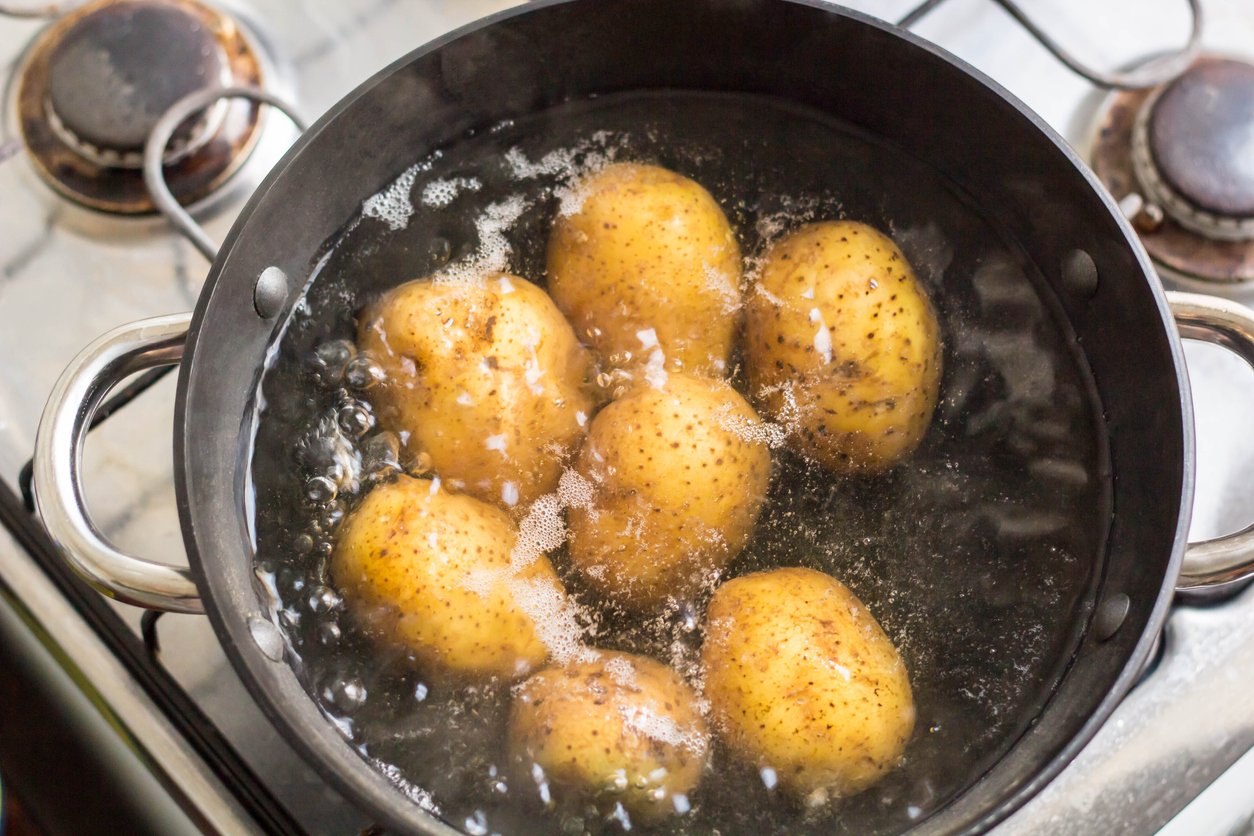
Even though we don’t know for sure whether acrylamide in food contributes to cancer in humans, and if so, to what extent, it may still be prudent to exercise caution. For one thing, many of the foods high in dietary acrylamide are processed and fast foods, which can compromise your health for reasons that might have nothing to do with acrylamide. The human body has no nutritional need for french fries or potato chips, and for most of us, the less we eat of these foods, the better.
And there are other simple things you can do to lower your acrylamide exposure from foods like potatoes, bread, and other carbohydrates.
Since acrylamide forms when these foods are cooked above 338°F, you can reduce your risk by cooking foods below that temperature (even 350°F will generate less acrylamide than cooking at, say, 450°F). Boiling and steaming occur at 212°F maximum — the boiling point of water — and a bit higher if you’re using a pressure cooker. Microwaving rarely heats food above 212°F, since it works by bombarding water molecules in food with energy to cook the food that contains them. But there’s evidence that despite the low-temperature cooking done in microwaves, this method can still produce large amounts of acrylamide, especially when on high-power modes.
If you will be cooking your potatoes in ways that trigger the Maillard reaction (especially frying, air-frying, or roasting), cut the raw potatoes into their final shape (cubes, wedges, rounds, or sticks) and then soak them in water for 15–30 minutes before cooking. This reduces their starch content (you’ll notice that the soaking water becomes cloudy from the starch), which helps reduce acrylamide formation during subsequent cooking.
Another way to decrease acrylamide formation in potatoes is to store them in a cool, dark place (like a cellar or cupboard) that is warmer than your refrigerator. At fridge temperatures, the starch in potatoes gets converted to sugar, which turbocharges the Maillard reaction when cooked.
Also, it’s probably wise not to rely exclusively on potatoes for your vegetable consumption. Even without worrying about acrylamide, there’s lots of evidence that the healthiest dietary pattern includes a wide variety of raw, cooked, fermented, and sprouted whole plant foods.
If you’re a fan of toast, choose fermented or sprouted bread, which produces less acrylamide; and set your toaster to lightly brown your bread instead of turning it into something resembling charcoal.
Coffee fans get some good news here: Although coffee forms acrylamide during the roasting process, luckily most of it dissipates when brewing, depending on the process used.
Exercise Caution with Acrylamide
Acrylamide is a chemical compound found in manufacturing, water treatment, and cigarette smoke — and it’s formed in certain foods. In the last few decades, some health researchers and doctors have flagged it as a potential carcinogen. But the research has not definitively proven that it causes cancer in humans.
By and large, regulatory and advisory organizations have not identified safe maximum levels of acrylamide in your diet, although some sources do provide recommendations. And while the link between dietary acrylamide and cancer is unproven, a prudent approach might be to reduce your exposure where possible by shifting away from foods and dishes known to form significant amounts of acrylamide.
Many of the foods that are high in acrylamide, such as french fries and potato chips, have a host of other associated health problems — so regardless of acrylamide concerns, minimizing exposure all around is still likely a good thing for your health.











